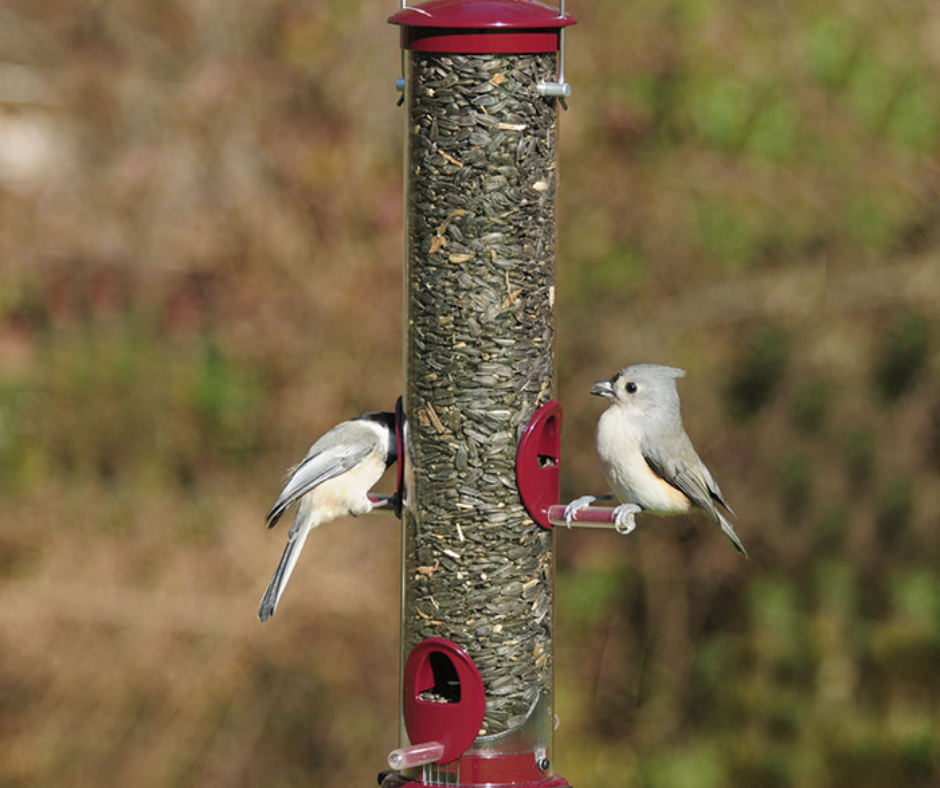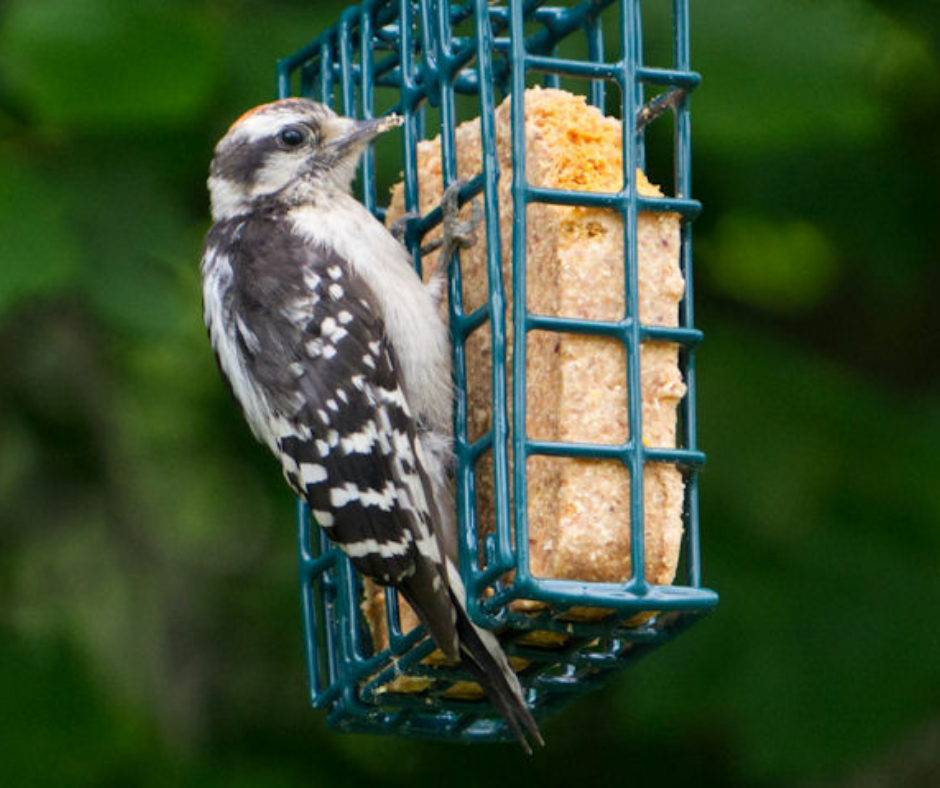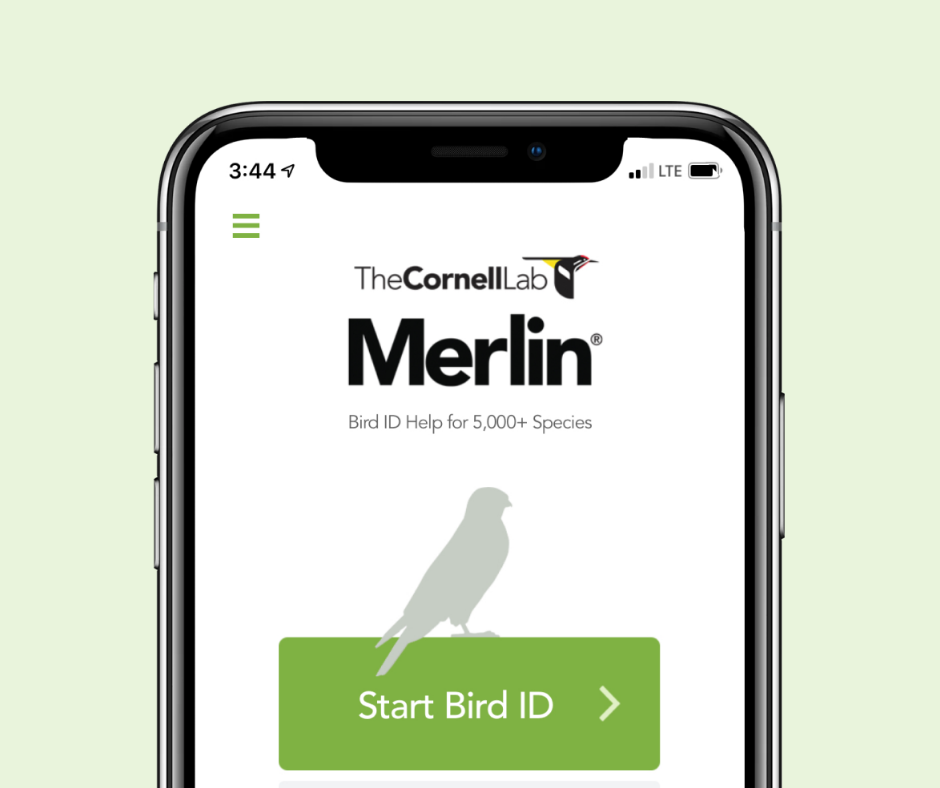One of my favorite ways to spend a morning is to wake up, pour myself a cup of coffee and sit out on the patio to watch the morning traffic of birds that use my feeders. I have never been a bird expert, but I’ve certainly learned a lot through this backyard bird watching exercise. I can now identify the sounds and sights of many of these fleeting and hungry visitors. In this blog, I will be sharing some tips on how you too can set-up your yard to attract birds and how to begin your own bird watching hobby.
Is your space bird-friendly?
Before setting up bird feeders, you’ll want to consider whether or not your yard is bird-friendly. Ideally, your yard should be chemical-free, meaning that you do not use any pesticides. Birds are highly susceptible to harm caused by pesticides. The U.S. Fish and Wildlife Service estimates that an estimated 67 million birds die from pesticide poisoning each year and more than 600 million are exposed.
In addition, you’ll want to keep track of stray cats in the area. If your cat goes outdoors or there are a lot of strays in the area, then setting up bird feeders may not be the most responsible thing to do. Predation by domestic cats is one of the leading causes of death to wild birds. In the United States alone, outdoor cats kill approximately 2.4 billion birds every year.
Lastly, you’ll want to make sure you have space to place a feeder that’s fairly distanced away from glass (like windows or sliding glass doors) to avoid collisions. Usually a distance of about 10-feet is considered safe. In addition, you can opt to install some mechanisms that will make your windows bird-safe.
Set-up Your Feeder
First, pick out a bird feeder. Keep in mind there are several different types of feeders that attract different types of birds. One of the most common types is a tube feeder. If you go with a hanging feeder, it is suggested to hang your feeder from a pole or stand in a wide open area. You’ll want to avoid hanging your feeder from a tree to prevent squirrel raids. In addition, you’ll want to place your feeder away from nearby trees, lawn furniture or anything a squirrel can use as a launch pad to your feeder. I had one pesky squirrel climb to the top of my patio umbrella and launch itself onto my bird feeder, quickly emptying all my seed to the ground. There are also squirrel-proof feeders on the market that you may want to consider.

Hanging Tube Feeder
Pick a Seed
There are many different bird seeds for sale, some that do better job at attracting birds than others. I’ve personally found that a variety mix is good to attract several types of birds – especially a mix that contains a lot of black sunflower seeds (that seems to be a fan favorite). Usually, the label on the feed bag will explain what type of birds you can expect from the seed mix.
You can also choose to put out a suet feeder. Suet is a brick of hard fat with seeds embedded into the fat. It’s best to put suet out during the months when temperatures are cooler because suet can turn rancid in hot weather.

Suet Feeder
In the Summer, you can also attempt to attract hummingbirds to your yard by putting out a hummingbird feeder with some homemade sugar water. It’s best to avoid the pre-made hummingbird water you can find in stores, because they usually contain red dyes that can be harmful to the birds. It’s easy to make your own sugar water – just dissolve 1 part sugar with four parts water and pour it into your feeder.
Other Ways to Attract Birds
If you’re still not seeing birds after putting out feeders, you might want to try some other ways to attract birds. You might consider installing a bird bath or bird fountain, planting brightly-colored native flowers or installing a bird house for shelter.
When to Feed Birds
While you can feed the birds all year round, it is most helpful to feed birds during times when food sources are low, like the Winter. However, as a word of caution, if you decide to feed the birds during the Winter, it’s important to keep up with it and continue all Winter long. Many birds have a fixed territory and will become dependent on your food source. While your feeder isn’t the only source of food for overwintering or migratory birds, it may become essential to them if there is snow and ice on the ground.
Tips for Watching & Identifying Birds
The best time to watch for birds is the early morning and late afternoon. Most backyard birds sleep at night and are ravenous in the morning. My bird feeders are like Grand Central Station in the mornings. Usually birds are least active mid-day. You’ll want to keep quiet and sit about 10 feet away while watching the birds and keep your dog inside.
It’s ok if you can’t identify the feathered friend at your feeder at first. Learning the new species as you go is one of the best parts of your journey into backyard bird watching. You may recognize some common species like Blue Jays or Downy Woodpeckers, but might be surprised when an unrecognizable bird lands on your feeder. While there are plenty of bird identification books, websites and apps out there, my favorite bird identification tool is the Cornell Lab Merlin App. After entering your zip code, the app will ask you a series of questions to help you identify the bird species that you encountered. It even has sound ID! The app will also track your identifications for you and as an added bonus, you’ll also be contributing to a larger citizen science project of tracking bird populations in your area.

Cornell Lab Merlin Bird ID App
Here are some of the species I’ve been lucky to spot in the past year:
- American Robins
- Baltimore Orioles
- Black-capped Chickadees
- Blue Jays
- Carolina Wrens
- Downy Woodpeckers
- House Sparrows
- House Wrens
- Gray Catbirds
- Mourning Doves
- Northern Cardinals
- Northern Flicker
- Northern Mockingbirds
- Tufted Titmouse
- Red-bellied Woodpeckers
- Ruby-throated Hummingbirds
- Song Sparrows
- White-breasted Nuthatches
I hope this blog helps you discover the fun and tranquility of bird watching in your own backyard! Happy Birding!
By: Katie Muether Brown, Long Island Pine Barrens Society


